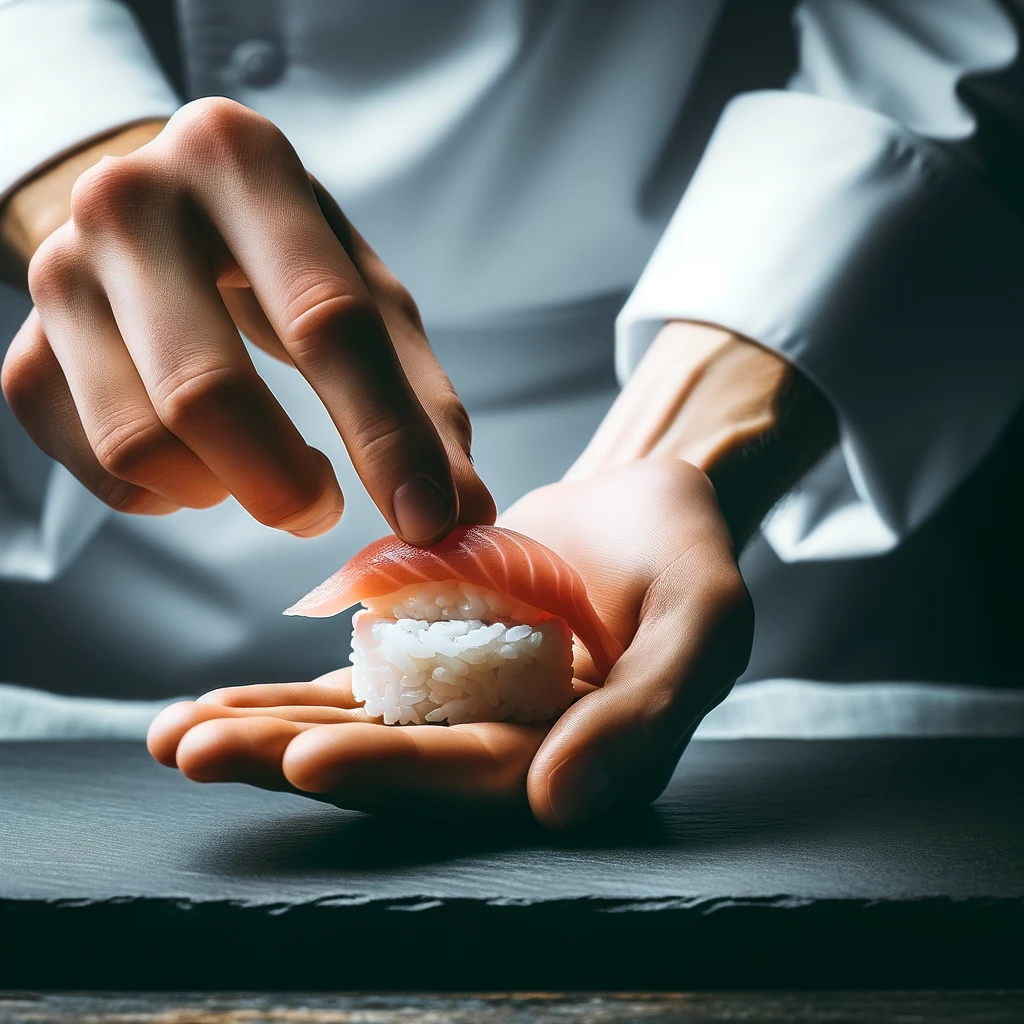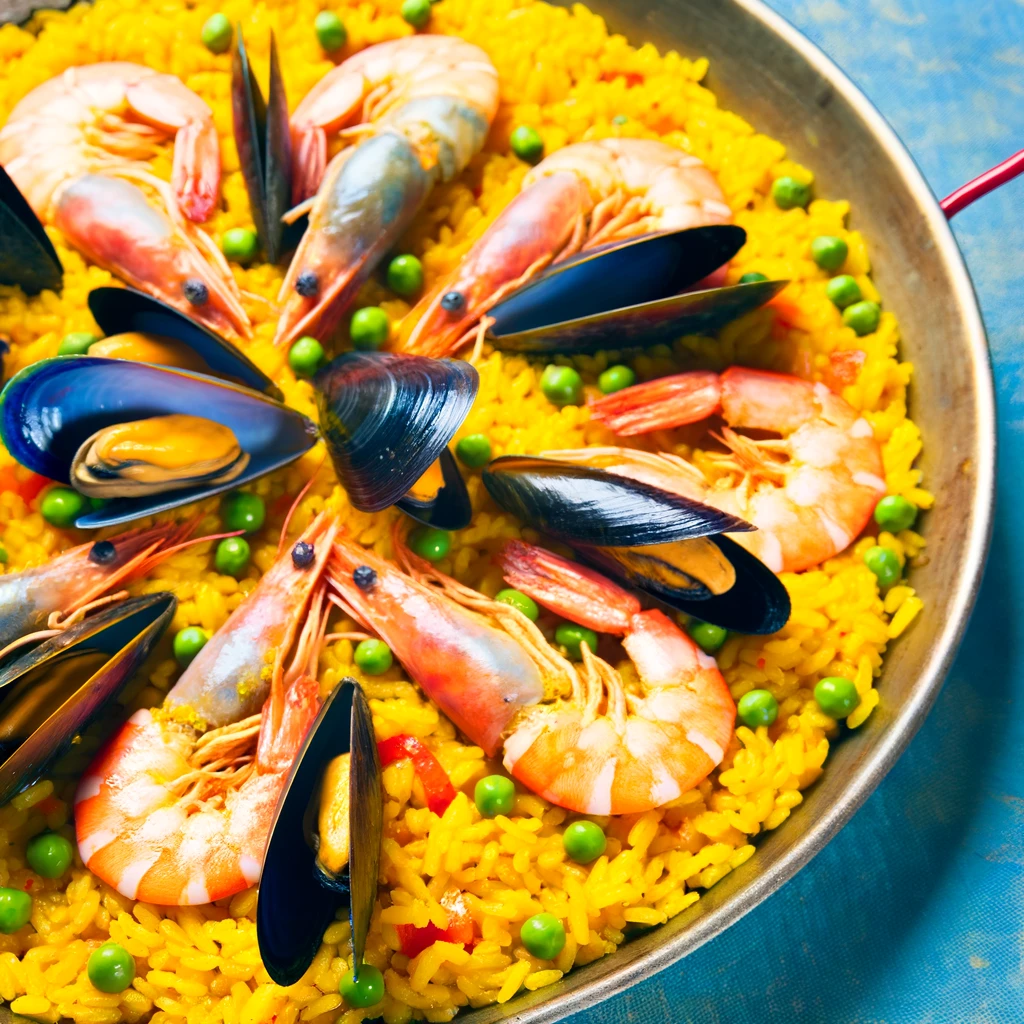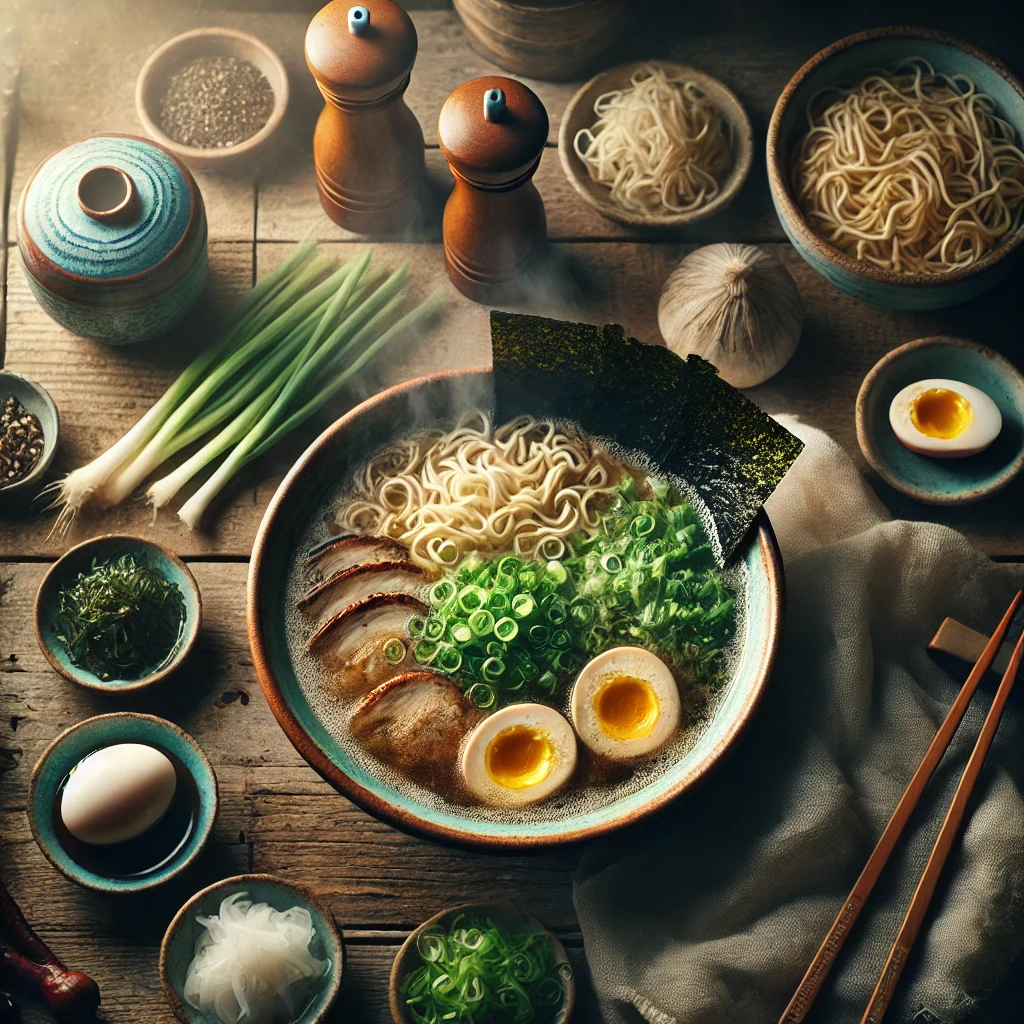Rice, a staple grain consumed by over half the world’s population, is not just a food item; it’s a cultural emblem that has woven its way through history, shaping diets, economies, and traditions across the globe. This article explores the rich history of rice and its impact on various cultures, highlighting iconic rice dishes that have become synonymous with their respective cuisines. From the paddies of Asia to the tables of the Americas, rice dishes tell stories of migration, adaptation, and culinary innovation.
The Journey of Rice: From Ancient Grains to Global Staple
Rice’s odyssey from a wild grass to the world’s foremost food staple is a tale that spans thousands of years and countless cultures. This journey illuminates the adaptability of rice, as well as the ingenuity of the humans who have cultivated it.
Origins in the East
The story of rice begins in the fertile crescents of ancient Asia, where it was first domesticated over 9,000 years ago. Archaeological evidence points to the Yangtze River valley in China as the cradle of rice cultivation, with wild rice grains found at sites dating back to 7000 BC. This ancient grain was not just a source of sustenance but also a pivotal factor in the development of civilization. It allowed nomadic tribes to settle, forming the basis of the first agrarian societies in Asia.
Spread Across Continents
From China, rice spread to every corner of the continent, carried by traders, conquerors, and explorers. It journeyed south to the lush lands of Southeast Asia and the Indian subcontinent, where it found a new home. Each region developed its own varieties and methods of cultivation, from the terraced paddies of the Philippines to the sprawling fields of India.
By the Middle Ages, rice had made its way to the Middle East and Africa, introduced by returning crusaders and Arab traders. It was in these new lands that rice truly began to influence local cuisines, giving rise to dishes like the aromatic pilafs of Persia and the hearty jollof rice of West Africa.
The Age of Exploration in the 15th and 16th centuries saw rice’s introduction to Europe and the Americas. In Europe, rice was initially a luxury food, grown in the warm climates of Spain and Italy. However, it was in the Americas that rice found a new role. Brought by European colonists and African slaves, rice cultivation took root, particularly in the southern United States, Brazil, and the Caribbean, where it became a staple crop, integral to both the economy and the emerging cuisines of the New World.
Evolution and Cultivation
The cultivation of rice is a testament to human ingenuity. Over centuries, farmers have developed techniques to grow rice in a variety of climates and conditions. The traditional method of flooding fields, known as paddy cultivation, not only conserves water but also controls weeds, providing a perfect environment for rice to thrive. The introduction of new varieties, such as the high-yield and disease-resistant strains developed during the Green Revolution of the 1960s, has further transformed rice farming, ensuring food security for billions.
A Cultural Keystone
Rice is more than just a food; it is a cultural keystone across much of the world. It plays a central role in religious rituals, festivals, and ceremonies. In many cultures, rice is synonymous with prosperity, fertility, and life itself. It is a staple that has inspired art, literature, and cuisine, shaping the identity of countless communities.
Iconic Rice Dishes Across the Globe
1. Paella, Spain – A symbol of Spanish cuisine, paella is a testament to rice’s versatility, blending seafood, meats, and vegetables in a harmony of flavors. Born in Valencia, paella’s saffron-infused rice captures the essence of Spanish culinary tradition.
2. Risotto, Italy – Creamy and comforting, risotto showcases the Italian mastery of rice cooking. Using Arborio rice, this dish is a canvas for a variety of ingredients, from mushrooms to seafood, emphasizing the local flavours of Italy. Here a recipe from saveur.com

3. Sushi, Japan – Sushi illustrates the Japanese art of simplicity and precision. Vinegared rice paired with fresh fish or vegetables reflects the minimalist yet profound approach to food that defines Japanese cuisine.
4. Jollof Rice, West Africa – A fiery dish full of bold flavors, Jollof rice is a staple in many West African countries. Its rich history and variations tell a story of colonialism, trade, and the blending of indigenous and foreign influences.
5. Biryani, Indian Subcontinent – Biryani is a celebration of aromatic spices and flavors, a dish that has evolved through centuries of cultural exchanges. Layered with meat and rice, it’s a festive dish that epitomizes the complexity of Indian cuisine. Check out this delicious recipe from SeriousEats.
The Cultural Significance of Rice
Rice holds a profound cultural significance across many societies, transcending its role as a mere staple food. It is a symbol of fertility, wealth, and prosperity, deeply embedded in religious rituals, cultural practices, and traditions around the world.
In many Asian cultures, rice is synonymous with life and sustenance. In Japan, the Shinto religion regards rice as a sacred gift from the gods, a belief that is celebrated in the annual rice planting festival, Otaue Matsuri. Similarly, in India, rice is a symbol of divine bounty and is used in a myriad of Hindu rituals, including weddings where rice grains are often thrown over the bride and groom as a blessing for prosperity.
Rice’s cultural imprint is equally significant in other parts of the world. In Italy, the tradition of throwing rice at weddings symbolizes fertility and prosperity for the newlyweds. In many African societies, rice is at the center of communal life, celebrated in dishes that mark important life events and community gatherings.
The significance of rice extends to its economic and social impact. For thousands of years, rice cultivation has supported entire communities, shaping the landscapes, economies, and daily lives of billions of people. It has fostered social cohesion, with communal rice fields and the shared labor of planting and harvesting reinforcing community bonds and traditions.
The cultural significance of rice is a testament to its versatility and its ability to nurture not just bodies but spirits and communities, weaving a rich tapestry of traditions that spans continents and millennia. Through its journey from ancient grain to global staple, rice has become a symbol of cultural identity, connecting us to our ancestors and to each other in the most fundamental ways.
The Global Journey Continues
As we navigate the 21st century, the journey of rice reflects a rapidly globalizing world, marked by a fusion of culinary traditions, sustainability challenges, and technological advancements. Rice remains at the heart of many diets, but its role and the ways it’s consumed are ever-evolving.
Culinary Fusion and Innovation
The globalization of food has led to remarkable culinary innovations, with rice dishes at the forefront of this transformation. Chefs and home cooks alike experiment with traditional rice dishes, blending ingredients and techniques from different cultures to create new culinary expressions. Dishes like sushi burritos, kimchi fried rice, and arancini burgers reflect a growing trend of culinary fusion, making rice a versatile canvas for creativity.
Sustainability and Rice Cultivation
As environmental concerns become more pressing, the sustainability of rice cultivation has come under scrutiny. Rice paddies are water-intensive and can contribute to methane emissions, a potent greenhouse gas. However, new farming techniques, such as the System of Rice Intensification (SRI), promise to reduce water usage, lower emissions, and increase yields. These innovations are part of a broader movement towards sustainable agriculture that seeks to balance the demands of feeding a growing global population with the need to protect our planet.
Technology and Innovation
Advances in biotechnology and genetic engineering have led to the development of new rice varieties designed to withstand the challenges of climate change, such as drought and salinity. Golden Rice, genetically modified to produce Vitamin A, aims to combat malnutrition in regions where rice is a dietary staple but diets are lacking in essential nutrients. These scientific breakthroughs highlight the ongoing evolution of rice cultivation, ensuring its resilience and adaptability for future generations.
Cultural Preservation and Adaptation
As rice dishes traverse the globe, they also act as vessels of cultural exchange, preserving traditions while adapting to new contexts and tastes. The global journey of rice is not just about the movement of a crop but the spread of cultural identities and the stories they carry. This journey is a testament to human ingenuity and the ability to adapt, innovate, and find common ground in the shared experience of eating and enjoying rice.
Looking Ahead
The future of rice and its global journey is bound to the collective choices we make today. Embracing sustainability, fostering innovation, and celebrating cultural diversity will ensure that rice continues to nourish and inspire future generations. As we look ahead, rice’s journey is a reminder of our interconnectedness and the role food plays in bridging cultures, sustaining communities, and nurturing the planet.
Wrapping Up
Rice dishes do more than just fill stomachs; they tell the stories of human civilization. Through the ages, rice has not only been a source of nutrition but also a medium of cultural expression, connecting people from different corners of the world. As we explore these dishes, we delve into the history, the struggles, the celebrations, and the everyday lives of those who have made rice an indelible part of their identity.
Rice dishes rule the world not just by their widespread consumption but by their ability to embody the essence of the places they come from and the people who create them. They are a reminder of our shared humanity, the diversity of our cultures, and the common thread that binds us together: the simple, versatile, and ever-nourishing grain of rice.



